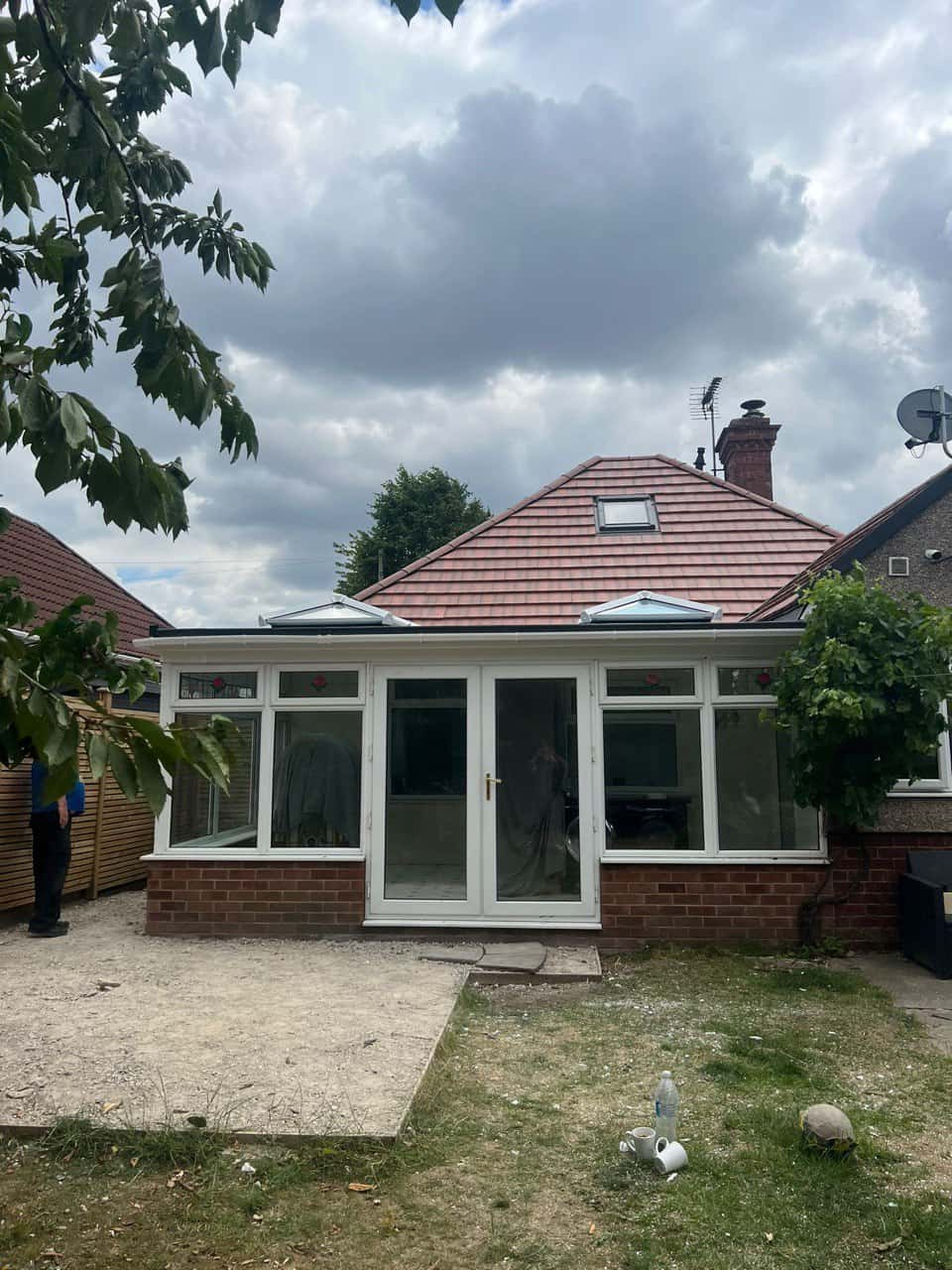Introduction: Preserving historic buildings is an essential part of our cultural heritage, and the roof is a critical component of these architectural treasures. However, inspecting and maintaining a historic roof requires a delicate touch and specialised expertise. In this blog post, brought to you by Eastwood Roofing Repairs, we will explore the unique challenges and considerations of roof inspections for historic preservation.
The Significance of Historic Preservation
Historic buildings hold cultural, architectural, and historical significance, whether they are centuries-old landmarks or more recent historical sites. Preserving these structures allows us to connect with the past and appreciate the architectural craftsmanship of bygone eras.
The Role of Roof Inspections in Historic Preservation
Roof inspections play a crucial role in historic preservation for several reasons:
- Preventing Further Damage:
- Regular roof inspections can identify minor issues before they escalate into major structural damage, preserving the integrity of the historic building.
- Safeguarding Cultural Heritage:
- Historic roofs often feature unique architectural details and materials that are irreplaceable. Proper maintenance ensures these elements are protected for future generations to admire.
- Extending Lifespan:
- A well-maintained roof can extend the overall lifespan of a historic building, delaying the need for costly and potentially destructive repairs.
- Preserving Interior Spaces:
- A well-maintained roof prevents water intrusion, which can damage the interior spaces of a historic building, including original finishes, artwork, and furnishings.
- Compliance with Historic Guidelines:
- Historic preservation often involves adherence to specific guidelines and regulations. Roof inspections help ensure compliance with these standards.
Unique Challenges of Roof Inspections for Historic Preservation
Inspecting historic roofs comes with several unique challenges:
- Preservation vs. Restoration:
- Deciding whether to preserve the existing roof or restore it to its original state is a delicate balance that requires careful consideration of historical significance.
- Original Materials:
- Identifying and sourcing original roofing materials can be challenging. Roof inspectors must know historical roofing materials and techniques.
- Architectural Details:
- Historic roofs often feature intricate architectural details. Inspectors must take care not to damage or disrupt these details during inspections.
- Environmental Impact:
- Preservation efforts should consider the environmental impact of roofing materials and restoration techniques, promoting sustainability.
- Regulatory Compliance:
- Adherence to historic preservation guidelines and regulations is crucial. Inspections must ensure that any repairs or maintenance align with these standards.
The Expertise of Historic Roofing Inspectors
Inspecting historic roofs requires specialised knowledge and experience in historic preservation. Roofing inspectors must be well-versed in different historical periods’ architectural styles, materials, and techniques. They should also deeply understand local and national historic preservation regulations.
Conclusion: Preserving historic buildings is a collective responsibility; the roof is critical to this endeavour. Roof inspections for historic preservation require a delicate touch, specialised expertise, and a commitment to maintaining these architectural treasures’ cultural and historical significance.
Call us on: 01773 300 896
Click here to find out more about Eastwood Roofing Repairs
Click here to complete our contact form and see how we can help with your roofing needs.

